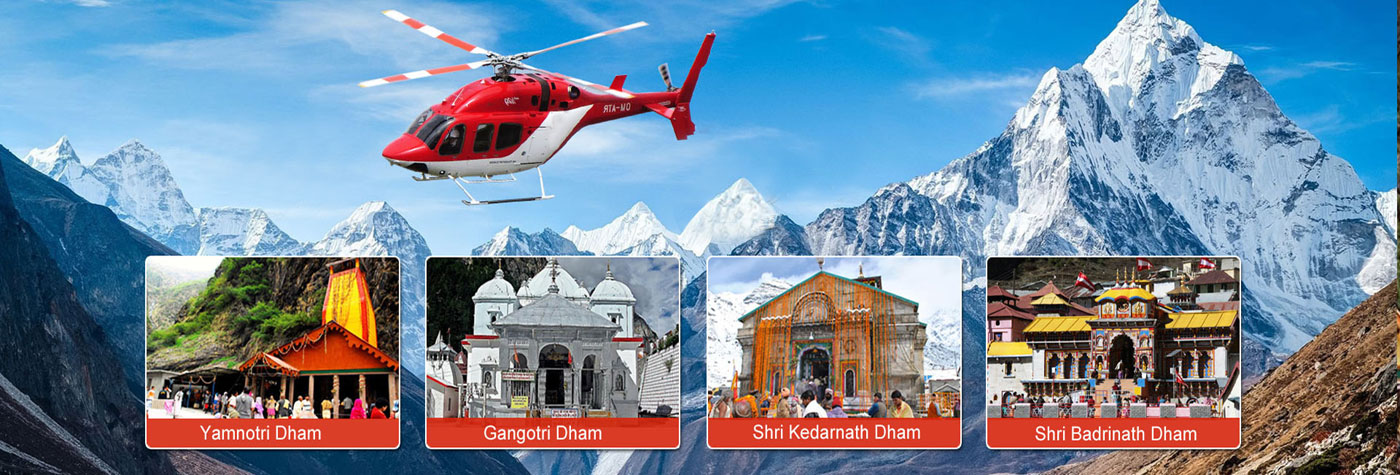Kailash Mansarovar Yatra
Located to the north of the Himalayan barrier in Tibet, Mt, Kailash is the most sacred mountain in the world which receives thousands of visitors each year who belong to different religious communities. Simply considered as the center of the universe, pilgrims who come to Tibet generally ponder upon the pure magnificence and serenity of Mt. Kailash. That is why, it doesn’t take long to understand why Mt. Kailash is one of the most visited holy mountains in the world.
Even before the Himalayas rose into existence, Mount Kailash towered above them. The Kailash Range is 30 million years old and its supreme peak, the 6,675 meter high Mount Kailash was formed of shining granite with its white glacial crest, was already a huge, structure even when the Himalayas were just beginning to protrude out of the Tethys Sea. Hindus and Tibetans seem to have been aware of the uniqueness of this mountain from the most ancient times. To Hindus it is the earthy embodiment of the dominant mountain of heaven, Meru, and the residence of Lord Shiva and his consort Goddess Parvati. To Tibetans it is Sumeru, the cosmic centre of the universe. Consequently Mount Kailash has held a great charm for pilgrims for centuries.
As might have been expected, most of the Himalayan passes in Kumaun and Garhwal provide access to this sacred mountain. Today, however, pilgrims from India are allowed to journey to Mount Kailash only through the Lipulekh pass in Kumaun. Moreover, the pilgrimage to Kailash, and to the sacred Mansarover lake that lies 30 Km to its south, is run exclusively by a government organization, the Kumaon Mandal Vikas Nigam (KMVN). The organization works in collaboration with the Government of India's Ministry of External Affairs, and the Government of China. Kailash - Mansarovar lies in Chinese-occupied Tibet.
Major Attractions of Kailash Mansarovar Yatra
Look anyone who has decided to go for a Kailash Mansarovar Yatra, surely understands that Mt. Kailash and Lake Mansarovar are the quintessentially important destinations of their entire trip. However, the Kailash Mansarovar Yatra doesn’t only include Mt. Kailash and Lake Mansarovar. During the long journey pilgrims can also visit other several major attractions besides Lake Mansarovar and Mt. Kailash such as Gauri Kund which is also referred to as the Lake of Compassion, next will be the fascinating site of Tirthapuri where pilgrims can bathe in spring pools, Yam Dwar which is the starting point from where the circumambulation begins. And not just these, but there are a lot of places which can be of equal fascination for the visitors alike specially for the first timers who have never seen the mystic lands of Tibet on a Kailash Mansarovar Yatra.
Best Season / Best Time to Visit Kailash Mansarovar
Kailash Mansarovar is generally cool during nights and warm during days.
Summers (May to August) are very pleasant with moderate climate, with average around 15°C. Summers is ideal for all outdoor activities, temple visit, dip in holy waters and also for visiting nearby attractions.
Monsoons (September to November) are accompanied with little rain falls and also temperature drops down to 10°C.
Winters (December to April) are chilly days with average minimum touching near 5°C. Minimum can touch sub zero levels to -15°C. Snow falls often during winters.
The best season to visit Kailash Mansarovar is from May to November.
May to November offers cool and pleasant climate and the right period to spend meditation and also good for visiting temples in and around.
December to April is snow bound and chilly. Tourists typically keep off chilly snow bound days in winters.
 +91 9799050299
+91 9799050299 

